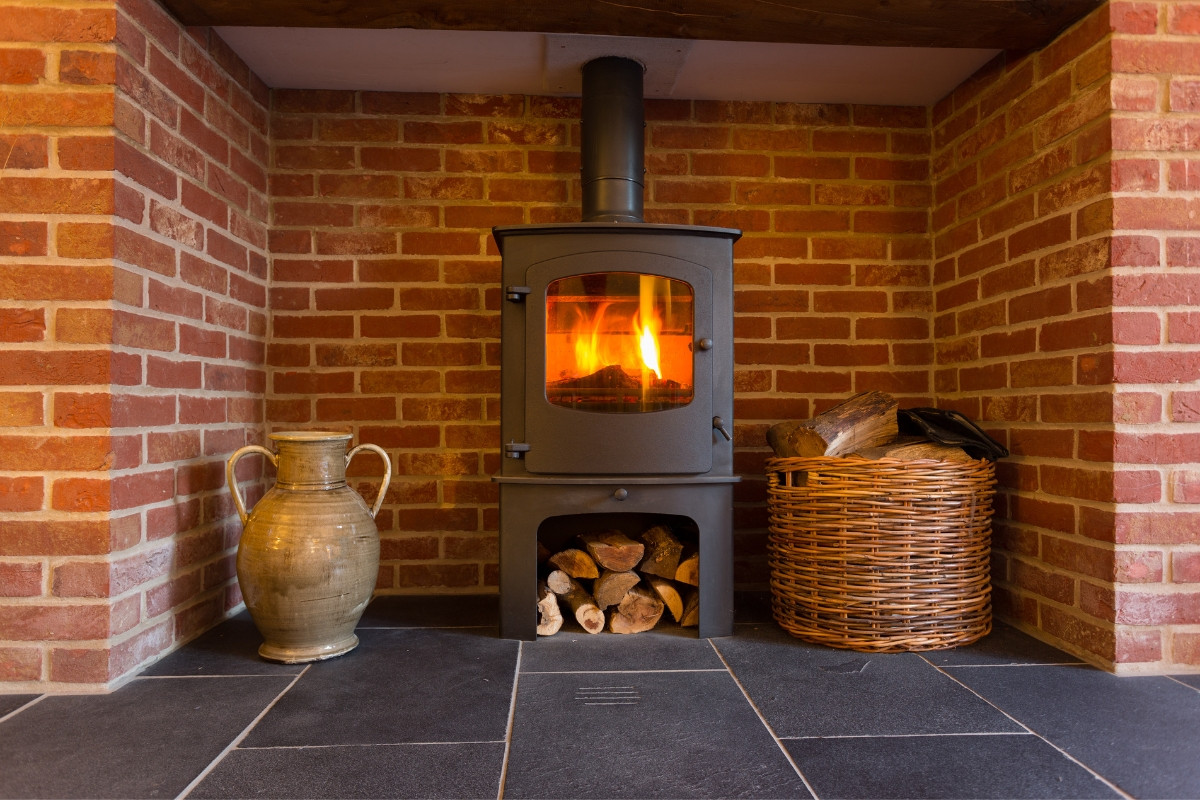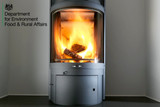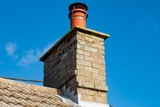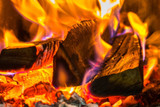Looking To Install A Wood Stove? - What You Need To Know
Any home modification that involves altering the existing chimney, such as a wood-burning stove installation, counts as "building work" and falls under UK Building Regulations. You can read more about these regulations here.
The rules are long and technical. For that reason, we answer some common questions about wood stove installation in simple terms below.
Do I Need Planning Permission To Install A Wood Stove?
You do not necessarily need planning permission to install a wood stove. However, the law states that you must inform your local authority about your intentions to install any heating appliance.
Planning permission is only relevant if you plan to make structural modifications to the building. If the property is listed, there may be restrictions on where to place the chimney flue.
In general, you can only place flues in dedicated areas. Rules state that you cannot put them on a side elevation facing the main road or the principal wall.
Can I Fit A Wood Stove Flue Liner Myself?
You can fit a wood stove flue liner yourself, so long as you have the necessary skills and competence to do the job correctly. In many cases, you do not require the assistance of professional installers.
Installing a standard flue liner to an existing flue is a simple DIY task that the average person can easily perform. Installing flexible liners for wood stoves is a little more complicated. You may require ladders and scaffolding to provide external access. The work is still straightforward from a technical perspective, but you may have to perform work at height.
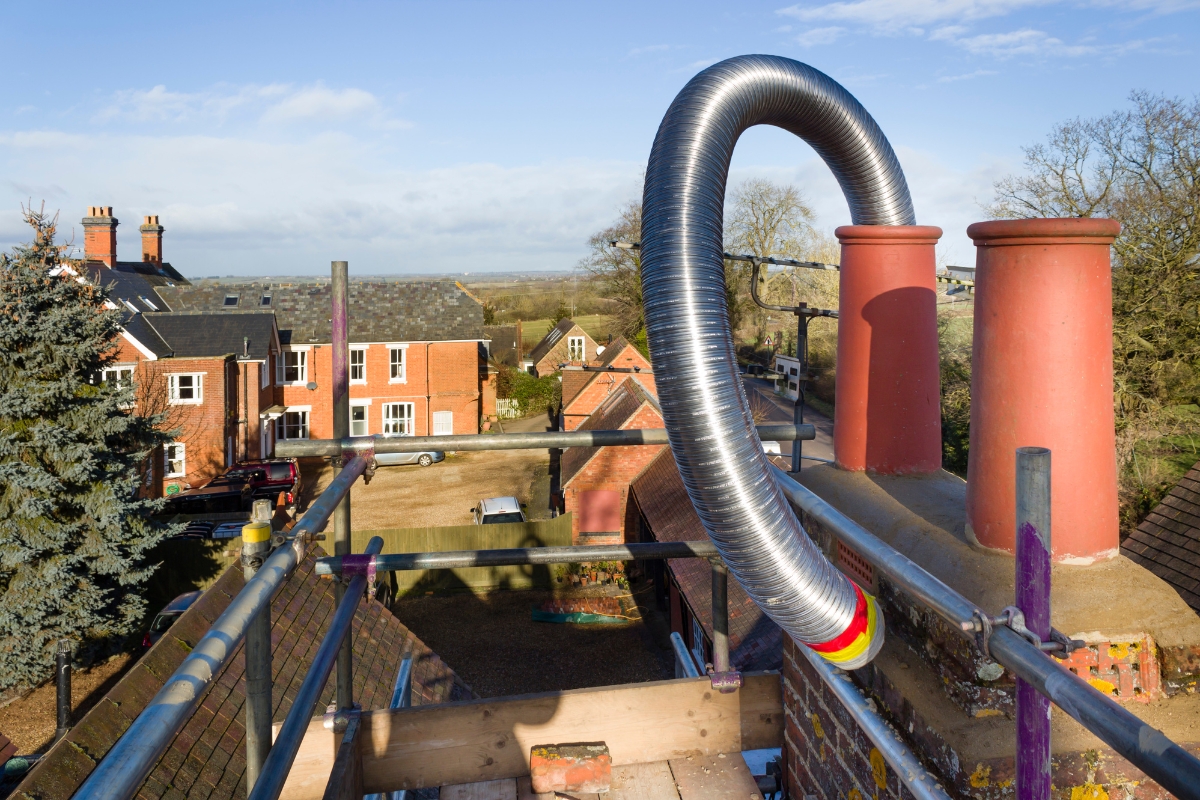
Do I Need To Line My Existing Chimney For A Wood Stove?
Chimney liners are obligatory for anyone installing wood-burning stoves in the UK. However, whether you need to install one depends on the age of your property.
Most homes built after 1964 have pre-installed concrete or clay liners, which you shouldn't need to reline. Older homes are often bare brick. In this case, you only need to reline them if they are leaking. However, most experts recommend that you line them anyway, as it facilitates cleaner fuel burning, reduced risk of fire, and general peace of mind.
Do I Need To Clean My Existing Chimney Before Installing A Wood Stove?
Clean your existing chimney before installing a wood stove and check for cracks. You can hire a chimney sweep to brush it out for you or do it yourself if you have the equipment.
Before installing any new stove, check that smoke can escape the chimney and that there are no obstructions. Experts advise using a smoke pellet to check that smoke can rise through the entire stack.
What Type Of Hearth Do I Need For A Wood Stove?
The type of hearth you require for a wood stove depends on the size and the heat generated.
Regulations state that the hearth area for free-standing wood stoves should be at least 840mm by 840mm. There must also be a gap of 150 mm between the sides of the appliance and the rear edges of the hearth.
Wood stoves must be placed on a hearth made of non-combustible materials, such as concrete, slate, or marble. The hearth's material thickness should be greater than 100mm (or 125mm in the case of large stoves).
There are two further requirements:
- An air space of at least 50 mm between the bottom of the hearth surface and any combustible material beneath
- At least 250mm between the top surface and any flammable material beneath.
How Large Does My Wood Stove Flue Need To Be?
Most wood stoves come with an attachment indicating the flue's required size. Models typically have a 125mm or 150mm outlet on the appliance's top or rear. To take waste gases from the stove to the chimney, you need only source the corresponding enamel pipe. When you reach the chimney, you must convert a 125mm pipe into a 150mm one to comply with regulations.
Most systems come with an adaptor kit, allowing you to adjust the flue to the required diameter.
DEFRA-approved stoves are an exception to this rule. In this case, you may not need to upgrade from 125mm to 150mm once the flue reaches the chimney.
How High Does My Flue Need To Go When It Exits The Roof?
The required height of the flue, as it exists in the roof, depends on the roof's pitch and the flue's position in relation to the ridge.
- Case 1: Within 600 mm of the ridge. If the flue exits within 600 mm of the ridge, it must allow gases to escape at least 600 mm above the height of the ridge.
- Case 2: Somewhere else on the roof. If the flue exits somewhere else on the roof, at least 2300mm of horizontal clearance must be between the top of the flue and the ridge. Therefore, the flue's height depends on the roof's pitch. A Typical 30° pitch would result in a 1.8m high chimney above the tiles.
- Case 3: More than 2300mm from the ridge but near a roof light, dormer window or other openings. In this case, the flue must exhaust smoke at least 1000mm above the top of the dormer window opening.
- Case 4: Within 2300 mm of an adjoining building. The flue must be at least 600 mm above any part of the adjacent building.
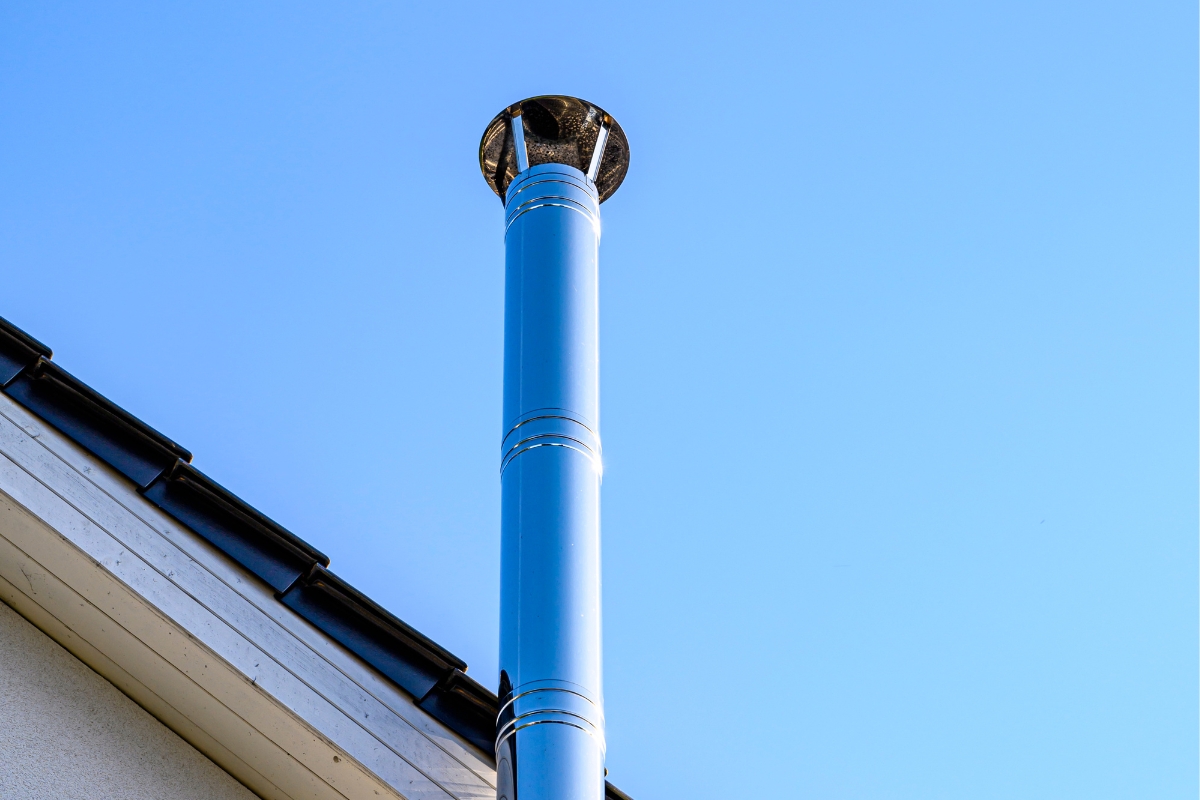
Do I Need Extra Room Ventilation For A Wood Burner?
Usually, you do not require additional room ventilation after installing a wood burner, provided the Kw output is not greater than 5Kw. The first 5Kw is free, so to speak, and then it's an additional 550mm² of ventilation per Kw, so, for example, a 7Kw stove would require an extra 1100mm² of ventilation (approx. the size of 2 x 50p pieces). A plastic vent could be installed through an external wall to achieve the required ventilation. Failure to comply with the additional ventilation in the room could cause the stove to burn inefficiently.
Please note that you must install a carbon monoxide detector. These are a good idea but are particularly helpful for providing an early warning if your flue backs up. Place 150mm below the ceiling, 300mm from a wall and 1000mm and 3000mm from your wood stove.
Fitting A Wood Burner Into A New Passive Build Home
New-build passive houses are becoming more popular. They are increasingly well-insulated and, therefore, more airtight. This is particularly relevant when installing a wood-burning or solid-fuel stove in one of these houses. The main differences between a passive house and a 'normal' house are the insulation levels used during the build and additional airtight methods to prevent heat loss.
A well-insulated, low-energy home may only need around 1-3kW of heating, which is good news for the overall user cost and the environment. The flue systems installed into these houses incorporate special components such as the Schiedel Protect Box and the Schiedel Ignis Protect system to prevent heat loss and offer a safe fire rating to meet current standards. The flue systems can rise vertically through the building or alternatively pass through an external wall as a common install would do; however, the special components are incorporated to maintain the "U" value of the house.
A compliant stove must be used for passive houses offering a suitable air supply connection that can be taken from the exterior of the building. For safety reasons, a Honeywell CO alarm must be installed to meet HETAS requirements and ensure the safety of the building occupants should carbon monoxide leak into the room.
Recent Posts
-
New Wood Burning Stove Regulations for 2025
There’s a lot of confusion in the UK about wood burner regulations and if you can still install a lo …Mar 04, 2025 -
Tips for Capping a Chimney: Benefits, and Installation
Why cap a chimney? It’s to stop moisture, downdrafts and pests. This guide has everything you need t …Jul 02, 2024 -
The New Regulations for Burning Logs In Wood-Burning Stoves
The government has introduced new regulations for customers looking to burn wood in stoves, coming i …May 25, 2021

